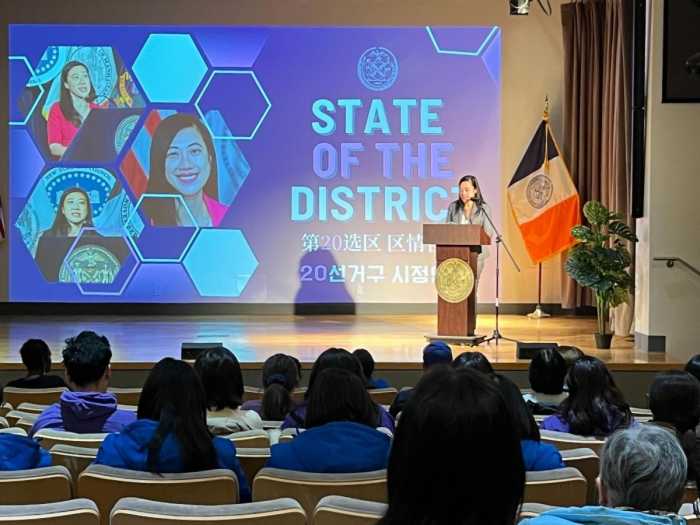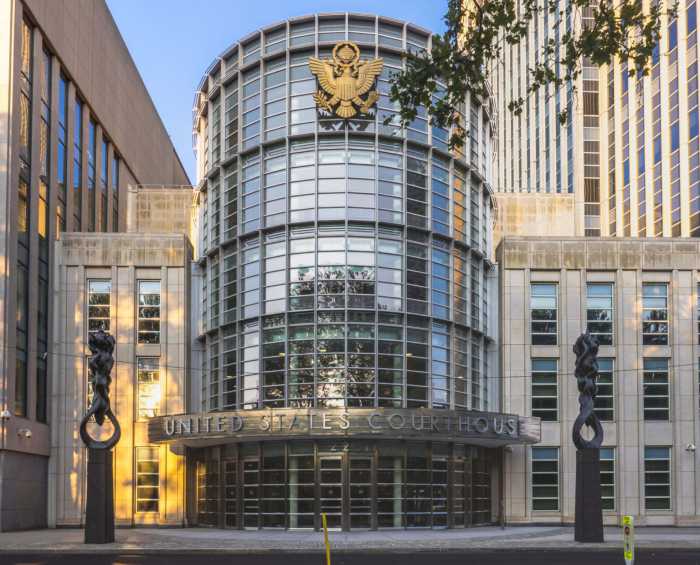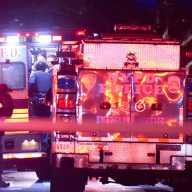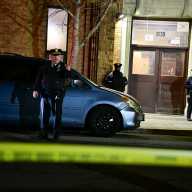Parents of kids enrolled in Flushing’s P.S. 21 can relax, according to State Senator Frank Padavan, who assured them that the city’s Department of Education (DOE) was not going to park another program in their school.
In a letter dated January 26, Padavan assured the community, “After expressing our shared concerns and working with Chancellor Klein’s office, I am pleased to inform the entire school community that there will be no changes made at P.S. 21Q.”
The furor began when Debra Buszko, the principal of the Edward Hart School, at 147-36 26th Avenue, received a letter from the DOE as part of a citywide search for available space, which could alleviate crowding in other schools in Queens.
The innocuous sounding query, seeking input from schools “with usable empty space” triggered an emergency PTA meeting on Thursday, January 24, attended by over 100 irate parents.
The school, which has classes from Pre-K to grade six, became eligible for Title I funding with 67.3 percent eligibility in 2007. With a 53 percent Asian and 30 percent Hispanic student body including more than one in five as English Language Learners and almost eight percent of students in Special Education, the “A” classified school is one of the highest rated in the city.
“Principal Buszko was one of 200 with potential space for a new school or program, to get the letter,” said Melody Meyer, a DOE spokesperson. “We follow up with surveyors in most cases.”
While the most current figures indicate an enrollment of 897 children, the school’s enrollment from past years is listed as high as 1316, according to an internet database, publicschoolreport.com.
DOE figures listed enrollments of 1036 children in 2006 and 915 in 2007. There was a one percent increase in Asian enrollment, offset by a one percent decrease in Hispanic enrollment over that period. The percentages of white and black students have remained steady at 13 and four percent, respectively.
One of the biggest challenges suggested by the 2007 DOE review of the school’s performance was to further develop “data relating to ethnic sub-groups and the use of this information in seeking new and creative ways to address the needs of students.”
Meyer said that rather than the eight available classrooms P.S. 21 was believed to have, there were in fact only three classrooms which could be made available for a new program and the number was too low. “It was not a close call,” she said.
“Most of the reason we sent out the letters was to get feedback from the community,” Meyers said, noting that the response from the Flushing neighborhood was remarkable. “We learn a lot (from these meetings)” she said.
Noting that one of the few areas of improvement suggested for the school in its last Quality Review Report was to provide “extended opportunities for students to participate in physical activities,” Meyer confirmed, “We have decided not to locate a new school or program in the P.S. 21 school building.”


































